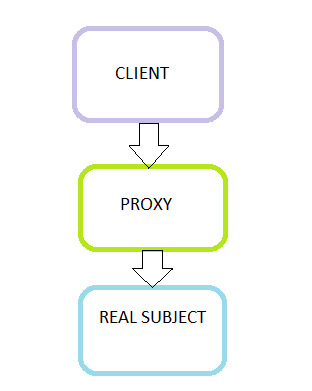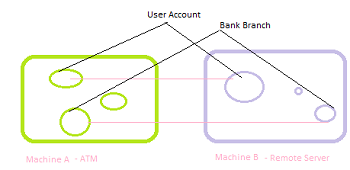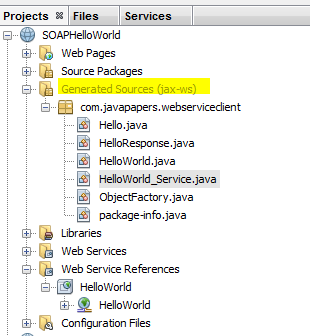Proxy Design Pattern
Proxy Design Pattern
“Provide a surrogate or placeholder for another object to control access to it” is the intent provided by GoF.
Proxy means ‘in place of’. In attendance roll call, we give proxy for our friends in college right? ‘Representing’ or ‘in place of’ or ‘on behalf of’ are literal meanings of proxy and that directly explains proxy design pattern. It is one of the simplest and straight forward design pattern.
Proxy design pattern gets second rank in popularity in interviews. Guess who gets the first rank? none other than singleton design pattern.

Possible Usage Scenarios
- Remote Proxy – Represents an object locally which belongs to a different address space. Think of an ATM implementation, it will hold proxy objects for bank information that exists in the remote server. RMI is an example of proxy implmenetation for this type in java.
- Virtual Proxy – In place of a complex or heavy object use a skeleton representation. When an underlying image is huge in size, just represent it using a virtual proxy object and on demand load the real object. You feel that the real object is expensive in terms of instantiation and so without the real need we are not going to use the real object. Until the need arises we will use the virtual proxy.
- Protection Proxy – Are you working on a MNC? If so, you might be well aware of the proxy server that provides you internet. Saying more than provides, the right word is censores internet. The management feels its better to censor some content and provide only work related web pages. Proxy server does that job. This is a type of proxy design pattern. Lighter part of censor is, we search for something critical in Google and click the result and you get this page is blocked by proxy server. You never know why this page is blocked and you feel this is genuine. How do you overcome that, over a period you learn to live with it.
- Smart Reference – Just we keep a link/reference to the real object a kind of pointer.
Proxy Design Pattern Example
Remote Proxy:

Sometime back I wrote an article on A helloworld for Soap Web Service. A part of it contains implementation of proxy design pattern. The client has the stub files generated which acts as a proxy for the classes in server side.

Java’s Support for Proxy Design Pattern
From JDK 1.3 java has direct support for implementing proxy design pattern. We need not worry on maintaining the reference and object creation. Java provides us the needed utilities. Following example implementation explains on how to use java’s api for proxy design pattern.
package com.javapapers.designpattern.proxy;public interface Animal { public void getSound();} |
package com.javapapers.designpattern.proxy;public class Lion implements Animal { public void getSound() { System.out.println("Roar"); }} |
package com.javapapers.designpattern.proxy;import java.lang.reflect.InvocationHandler;import java.lang.reflect.Method;public class AnimalInvocationHandler implements InvocationHandler { public AnimalInvocationHandler(Object realSubject) { this.realSubject = realSubject; } public Object invoke(Object proxy, Method m, Object[] args) { Object result = null; try { result = m.invoke(realSubject, args); } catch (Exception ex) { ex.printStackTrace(); } return result; } private Object realSubject = null;} |
package com.javapapers.designpattern.proxy;import java.lang.reflect.Proxy;public class ProxyExample { public static void main(String[] args) { Animal realSubject = new Lion(); Animal proxy = (Animal) Proxy.newProxyInstance(realSubject.getClass() .getClassLoader(), realSubject.getClass().getInterfaces(), new AnimalInvocationHandler(realSubject)); proxy.getSound(); }} |
Important Points
- A proxy may hide information about the real object to the client.
- A proxy may perform optimization like on demand loading.
- A proxy may do additional house-keeping job like audit tasks.
- Proxy design pattern is also known as surrogate design pattern.
Proxy Design Pattern Usage in Java API
- java.rmi.* – RMI package is based on proxy design pattern
Adapter vs Proxy Design Pattern
Adapter design pattern provides a different interface from the real object and enables the client to use it to interact with the real object. But, proxy design pattern provides the same interface as in the real object.
Decorator vs Proxy Design Patter
Decorator design pattern adds behaviour at runtime to the real object. But, Proxy does not change the behaviour instead it controls the behaviour.
Comments
Post a Comment
Please post comments here:-)